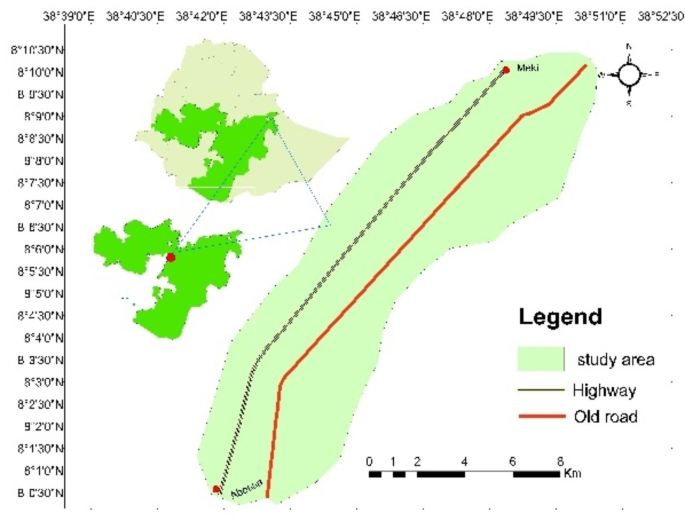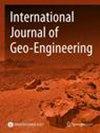利用生石灰稳定路基土壤:以埃塞俄比亚中部Modjo- Hawassa高速公路为例
IF 7.1
Q2 ENGINEERING, GEOLOGICAL
引用次数: 0
摘要
摘要:本研究通过将生石灰与5个土样混合,研究了石灰的指标性质、强度和膨胀压力。土样取自Modjo- Hawassa高速公路Meki-Abossa路段部分。本研究的主要目标是深入了解生石灰稳定对阿特伯格极限(LL、LP和PI)、OMC、MDD、CBR和CBR膨胀率等路基土沿选定路线的影响。为达到目的,在Meki-Abossa路段采集了5个扰动样。样品采用露天矿取样法采集,平均深度1 ~ 1.5 m。对天然路基土和掺入生石灰的土进行了室内试验。天然路基土经AASHTO和MH分级为A-7-5 (38);USCS的CH,最大LL为75,PI为41.6,MDD为1.59,OMC为28,CBR值小于5,CBR膨胀;2%. 将推荐的石灰(4%、6%和8%)与路基材料混合。结果表明:生石灰添加量为4%、6%和8%时,膨胀土塑性指数分别提高或降低18.5%、28.9%和23.8%,OMC提高15.2%,MDD降低18.23%。处理后土壤的CBR值平均提高56.9%,溶胀势降低93.3%,工作性提高,稳定土作为路基材料是可行的。本文章由计算机程序翻译,如有差异,请以英文原文为准。

Subgrade soil stabilization using the Quicklime: a case study from Modjo- Hawassa highway, Central Ethiopia
Abstract This study examined the index properties, strength, and swelling pressure by mixing the Quicklime with five soil samples taken from the Meki-Abossa road section part of the Modjo- Hawassa highway. The main goal of this study was to provide more insight into the effects of Quicklime stabilization on the Atterberg limit like (LL, LP, and PI), OMC, MDD, CBR, and CBR swell percent of subgrade soil along the selected route alignment. Five disturbed samples were collected from the Meki-Abossa Road section to achieve the objectives. The samples were collected using the open pit sampling method with an average 1-1.5 m depth. Laboratory works were carried out for natural sub-grade soil and soil mixed with Quicklime. The natural sub-grade soil was classed as A-7-5 (38) by AASHTO and MH & CH by USCS, with a maximum LL of 75, PI of 41.6, MDD of 1.59, and OMC of 28, with CBR values less than five and CBR swell > 2%. The recommended lime (4%, 6%, and 8%) was mixed with the subgrade material. The result shows that the soil treated with Quicklime 4%, 6%, and 8% improved or lowered the untreated expansive soil plasticity index by 18.5%, 28.9%, and 23.8%, respectively, and increased OMC by 15.2% and reduced MDD by 18.23%. On the other hand, CBR values of the treated soil were increased by an average of 56.9%, with lower swelling potential decreases by 93.3%, higher workability, and stabilized soils were feasible to be used as subgrade material.
求助全文
通过发布文献求助,成功后即可免费获取论文全文。
去求助
来源期刊

International Journal of Geo-Engineering
ENGINEERING, GEOLOGICAL-
CiteScore
3.70
自引率
0.00%
发文量
10
审稿时长
13 weeks
 求助内容:
求助内容: 应助结果提醒方式:
应助结果提醒方式:


